LISTEN TO THE PODCAST
In the beginning, back when the Framers were first debating the ground rules for the great American experiment, they concluded that a free media was important to society in that it would serve as a balance; an oversight body to government. It was believed then that should the government set itself to executing nefarious or unconstitutional acts, the media would be the tool that would alert a vigilant people who would, in turn, exact pain on those in government.
It was because of this belief that the Framers included in the Bill of Rights’ First Amendment to the US Constitution, protection for the press:
“Congress shall make no law respecting an establishment of religion, or prohibiting the free exercise thereof; or abridging the freedom of speech, or of the press; or the right of the people peaceably to assemble, and to petition the Government for a redress of grievances.”
Put plainly, the Framers established protection for the media so that it could speak truth to power; so that a corrupt government could not silence legitimate descent and so the press was free to provide opposing views so that a free people could decide for themselves – at the ballot box – what direction they wanted to take our country.
I and a former colleague of mine, Brian Cherry, believe the Framers never envisioned a media so corrupt, so ideologically agenda-driven, or so disingenuously manipulative as today’s media. If they were, for even a second, able to conceive the idea that such a reprehensible assemblage of operatives and opportunists would control the media we suggest they would have dramatically narrowed the scope of media protection so that each member of the media – and the many media organizations – could be held more immediately accountable for damages their products produce, keeping in place the sequestration of government from enacting litigation.
What do I mean by damages and products? Let us start with the idea that the delivery of news for profit is the creation of a product for sale.
Every media outlet, from a local paper to national; regional news channel to network; terrestrial to online, creates a product in the form of “news information” which the public purchases. It is a product. We either purchase this product with currency or we purchase it with our time and exposure to their advertisers, who pay the publications for ad space and facetime with you, the customer. Today, some less than scrupulous media outlets even sell accumulated data based on the use of their products to the highest bidder.
So, the news media sells a product to consumers and that product is information. And as with any product, the consumer has a right to reasonably assume that the product functions properly; that the information being sold is accurate, fact-based, and truthful. Should the product be inaccurate, factually in error, and/or untruthful, then it is reasonable to label that information as a defective product; a “lemon,” as it were.
If you were to buy a product – a car, a computer, even some foods – and that product was defective you would, naturally, return the product to the store asking for either a refund or a replacement. Any reasonable and responsible private business would be remiss to refuse the return of a defective product for the damage it would cause their reputation. In many cases the refusal to receive the return of a defective product is actionable.
In every state in our country, we have a form of the “Lemon Law”; law that establishes warranties providing a legally binding remedy meant to compensate purchasers for products that repeatedly fail to meet standards of quality and performance. Federally, there are two types of “warranties”: express and implied. Where the media is concerned an implied warranty is applicable.
A manufacturer – or in the media’s case a publisher – must meet certain minimum standards of quality deeming the product marketable for the purpose intended. This is the basis for an implied warranty. It need not be in writing and the obligation arises from the sale of the product itself.
Understanding the argument that news information sold for profit is a product and that there is a reasonable expectation that this product is based in accuracy, fact, and truth, every time the mainstream, regional, and local media publish or pursue a storyline that is not accurate, not fact-based, and/or not truthful, shouldn’t their products be subject to liability? Why should the media be able to hide behind the First Amendment when it advances false information?
It shouldn’t be able to.
The First Amendment to the United States Constitution specifically addresses the government’s limitations in establishing a law that “abridges” the freedom of the press. It does not, however, forbid the creation of laws (read: penalties) that allow for financial compensation and/or other remedies for the damage caused by irresponsible, inaccurate, anecdotal, and/or untruthful reporting.
This brings me to the notion of “damage.” What “damage” does irresponsible, inaccurate, anecdotal, and/or untruthful reporting cause? Truthfully, the damage the mainstream media has created in our society is already close to an irreversible point.
Let us examine two major stories that have captivated the news cycles recently: COVID-19 and racism as it relates to the death of George Floyd.
COVID-19
On or about the end of February, the nation’s people faced the force of law in a state-by-state national quarantine because of the COVID-19 virus. “Experts” from the World Health Organization (WHO) and our own Centers for Disease Control and Prevention (CDCP) sounded the alarm and predicted that doing nothing to control the spread of this disease would tally an estimated 2.2 million deaths in the US. In light of this widely publicized information – thanks to the media, the world went into an at least two-month quarantine that destroyed the most vibrant economy since the post-World War II boom of the 1950s.
Yet from the very beginning, qualified medical voices were vehemently pointing out the flaws in the mortality models and questioning the lethality of the virus. These protests were ignored and even condemned by the media. On social media – which, by their structures also sell information for profit – some platforms openly and overtly admitted to censoring dissent and information that wasn’t part and parcel of the biased narrative advanced by the WHO and the CDCP, Facebook and YouTube being the most egregious. Even when the WHO and CDCP continuously changed their determinations on the virus, contradicting themselves almost daily, the media still touted the doomsday scenario.
At one point during the height of the event, the front pages of almost every major newspaper and the online versions of FOX News, CNN, MSNBC, ABC, NBC, and CBS were filled with only stories about COVID-19. The media whipped the people of the world into a paranoid frenzy of desperate information consumers who were both afraid to breathe the air and who had no immediate knowledge of where to find the facts.
Today, after the public’s attention was ripped away from the media’s fascist COVID-19 propaganda campaign courtesy of the death of George Floyd, we see two damning pieces of information that prove the media failed in doing its due diligence for their delinquency in covering opposing viewpoints about the COVID-19 virus.
From NPR (which gleans revenue streams from both advertising and government funding):
“Mounting evidence suggests the coronavirus is more common and less deadly than it first appeared…The evidence comes from tests that detect antibodies to the coronavirus in a person’s blood rather than the virus itself.
“The tests are finding large numbers of people in the US who were infected but never became seriously ill. And when these mild infections are included in coronavirus statistics, the virus appears less dangerous.”
To add insult to injury, when President Trump expressed his confidence in the effectiveness of hydroxychloroquine, the media smeared him as a disseminator of dangerous information and cited a study from the peer-reviewed medical journal The Lancet as the basis for its attack.
But, on June 5th, 2020, The Lancet issued this retraction:
“…several concerns were raised with respect to the veracity of the data and analyses conducted by Surgisphere Corporation and its founder and our co-author, Sapan Desai…We launched an independent third-party peer review of Surgisphere with the consent of Sapan Desai to evaluate the origination of the database elements, to confirm the completeness of the database, and to replicate the analyses presented in the paper.
“Our independent peer reviewers informed us that Surgisphere would not transfer the full dataset, client contracts, and the full ISO audit report to their servers…as such, our reviewers were not able to conduct an independent and private peer review and therefore notified us of their withdrawal from the peer-review process… Based on this development, we can no longer vouch for the veracity of the primary data sources. Due to this unfortunate development, the authors request that the paper be retracted.”
While the media attempted to cite a source as the basis for its condemnation of the President, their citation of a retracted study proves they relied on a single flawed source atop of a biased WHO and CDCP narrative, once again refusing to balance their reporting with opposing views.
The damage: Inaccurate, biased, non-inclusive, and disingenuous reporting advanced information that terrified a world populace into destroying a global economy to the brink of a macro depression. Industries were decimated, jobs were lost, and our country was divided ideologically even more so than it was before the event. The social damage is incalculable. The financial damage is most likely in the high tens of trillions of dollars.
Racism & The Death of George Floyd
As a disclaimer, I do not condone the use of excessive force by law enforcement: the appropriate use of force, yes; the use of unwarranted violence in apprehending a suspect, no. I realize that every situation is unique and that armchair quarterbacking police activity without having first-hand experience in facing the unpredictability of apprehending a suspect leans toward naïve arrogance. I support dedicated law enforcement and believe our society owes them gratitude for a thankless job. That said, George Floyd’s death was an unnecessary tragedy.
Like the coverage of Michael Brown’s death in Ferguson, Missouri, and the death of Trayvon Martin in Sanford, Florida, the media has done more to politically and societally weaponize racism than anything since the most potent days of the Ku Klux Klan, doing so with their coverage of the aftermath of George Floyd’s death.
Just as with the initial coverage of the COVID-19 virus, the media – from FOX News to MSNBC and all ideological flavors in between – went wall-to-wall coverage on the protests as they first unfolded. Were the protests called for? Yes. Was the coverage of the protests and the rioting and destruction that ensued warranted? Yes, it was. The events were newsworthy. But was the charge of systemic racism as a justification for violence and rage accurate, fact-based, and truthful? No, it was not.
The media, knowing full-well that peaceful protests had been targeted to advance the ideological activism of organizations like Black Lives Matter (BLM) – which had long ago been compromised by the anarchist group ANTIFA, ignored the fact that the overwhelming number of violent and destructive incidents taking place had everything to do with anarchy and nothing to do with the subject of racial equality or reforms in law enforcement. Yet, because sensationalism sells ad space, the media elites made purposeful decisions, with a sense of absolutism, that the politically correct “white privilege” guilt vehicle precluded any opposing viewpoint or argument.
The media – and again this includes the social media platforms – chose a side and advanced a singular and exclusive narrative devoid of any conversation that would allow a dissenting voice or alternative viewpoint to be heard without massive and often violent retribution. The non-coverage of opposing viewpoints paled in comparison to the overt censorship on social media platforms, often resulting in the removal of posts and the suspension of posting privileges.
Just as with the COVID-19 event, a cursory examination of a wide array of media outlets shows that a singular and biased narrative on race relations was dominating on every front page and online landing page.
The damage: The false reporting of an epidemic of systemic racism in our society – a declaration made without debate and based on nothing but emotion – has spawned riots that have destroyed businesses and livelihoods, further crippling an overwhelming number of economies already hard-hit by the COVID-19 quarantines. It has also fomented an unprecedented level of lawlessness and acts of treasonous secession in the form of the so-called Capitol Hill Autonomous Zones (CHAZ) that will require an abundance of government intervention (read: tax dollars) to quell.
Addressing Systemic Media Malpractice
These are just two specific instances of journalistic misconduct showcasing the deliberate curation of a multitude of disingenuous informational products, in the form of news stories, purposely created to manipulatively social engineer the public’s perspective. These defective products are produced routinely and are disseminated daily.
If the purpose of the media and the products they create is to accurately and truthfully inform the consumer on critical issues then these two cited instances not only prove journalistic malpractice, they set the stage for a potent and long overdue argument for reconfiguring the media’s First Amendment protections to include more publicly accessible and immediate remedies for the malpractice of selling defective products (read: inaccuracies and untruths) to the consumer.
The Framers established First Amendment protection for the media so that it could speak truth to elected power, not so it could empower itself to socially engineer our society to accept a particular ideological narrative. Manipulating the thoughts of the masses is not the purview of a free press. It is the tyranny of an elitist minority and a free people cannot and should not tolerate it.
Exponendo Tyrannidem in Paucioribus.







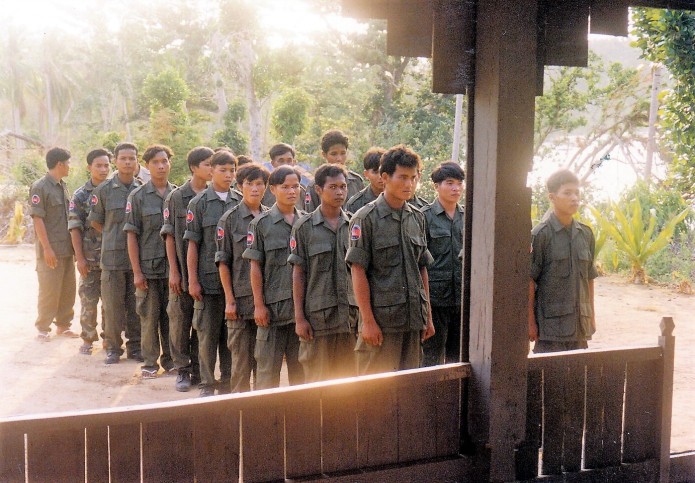
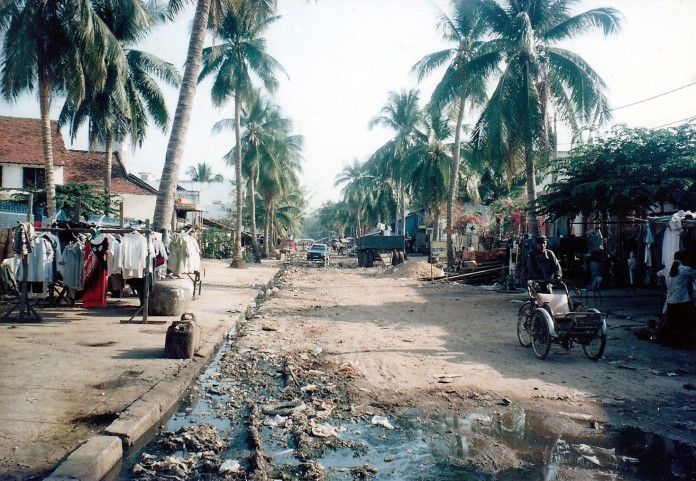
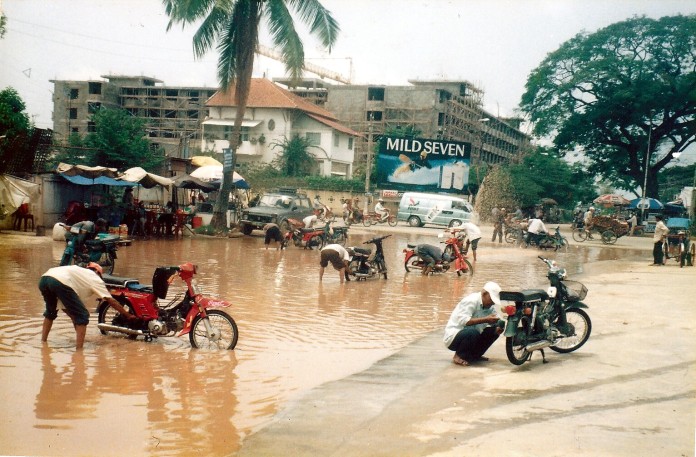
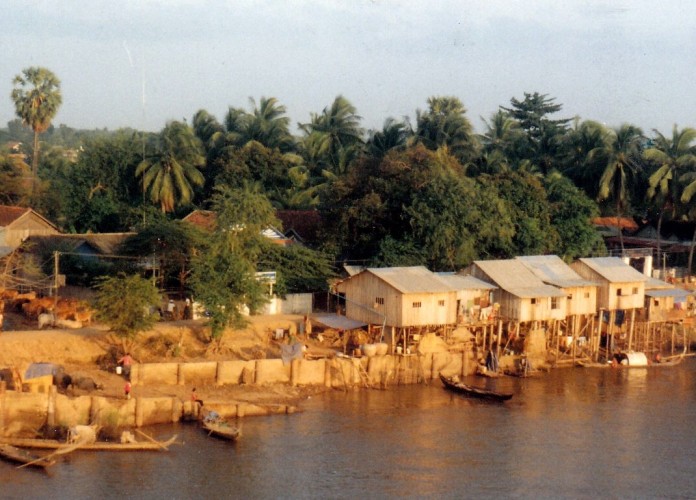
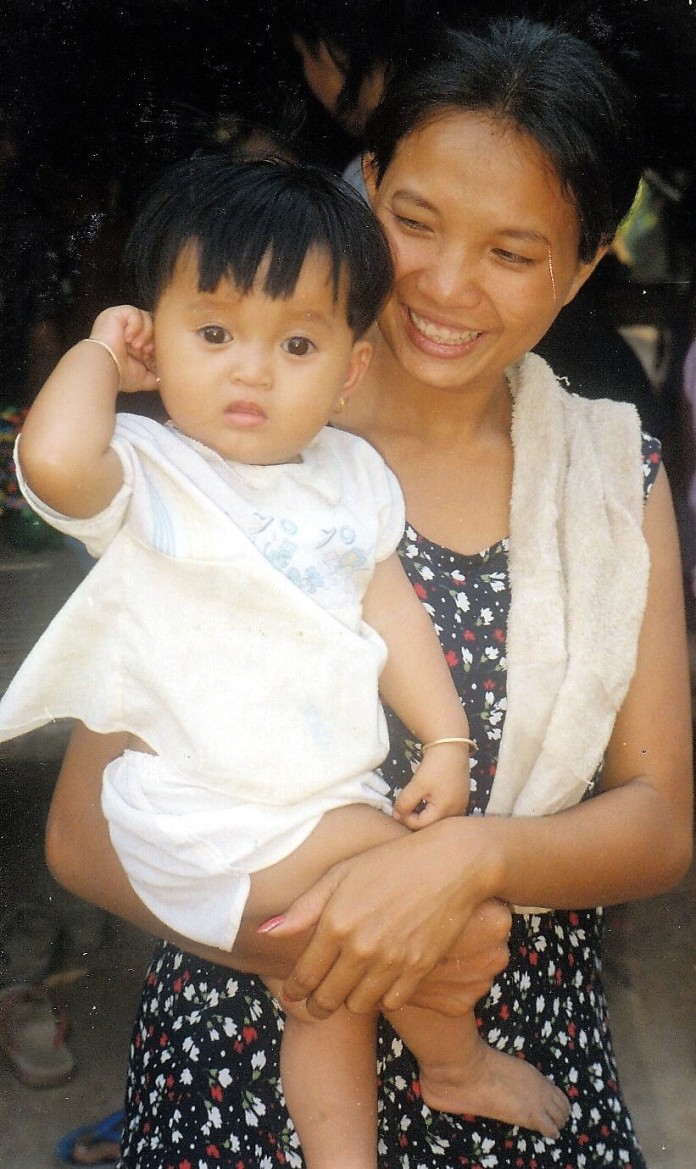






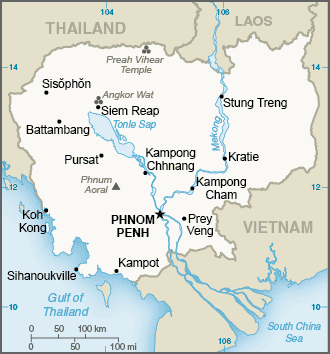


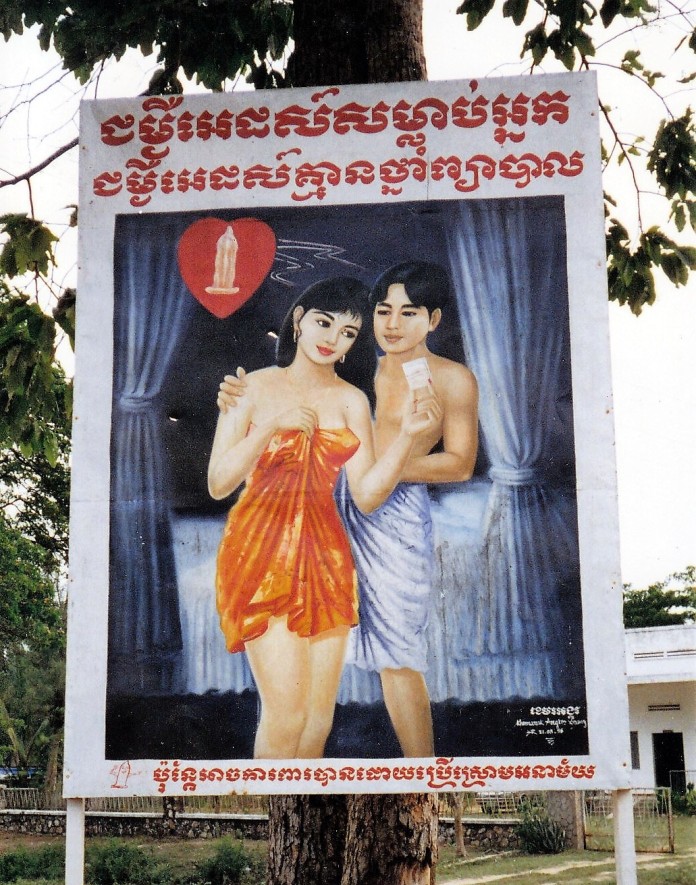










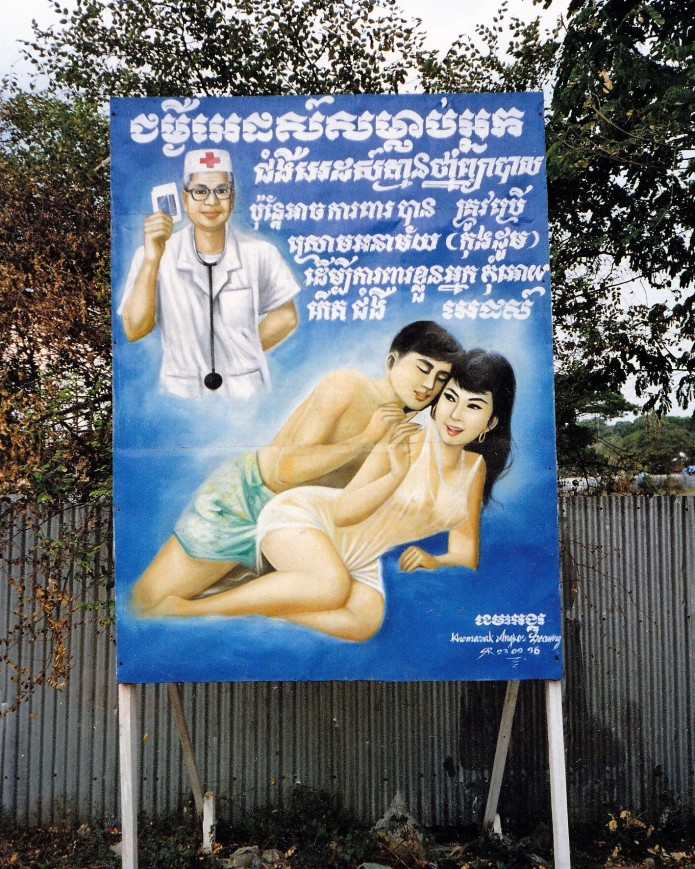

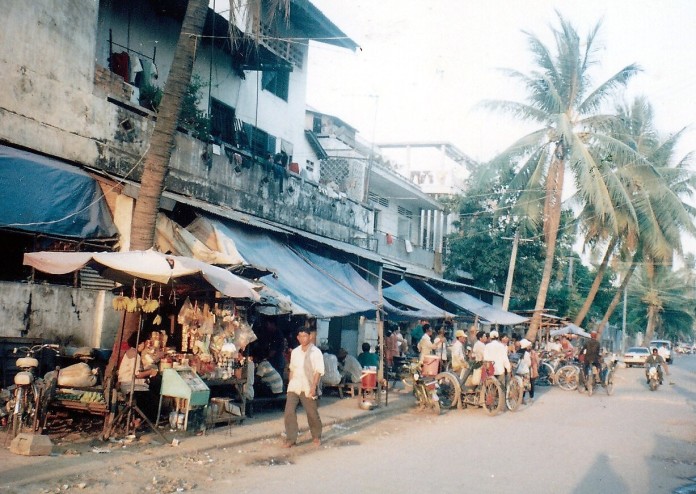







The Media & First Amendment Protection: Abuse of Power
LISTEN TO THE PODCAST
In the beginning, back when the Framers were first debating the ground rules for the great American experiment, they concluded that a free media was important to society in that it would serve as a balance; an oversight body to government. It was believed then that should the government set itself to executing nefarious or unconstitutional acts, the media would be the tool that would alert a vigilant people who would, in turn, exact pain on those in government.
It was because of this belief that the Framers included in the Bill of Rights’ First Amendment to the US Constitution, protection for the press:
“Congress shall make no law respecting an establishment of religion, or prohibiting the free exercise thereof; or abridging the freedom of speech, or of the press; or the right of the people peaceably to assemble, and to petition the Government for a redress of grievances.”
Put plainly, the Framers established protection for the media so that it could speak truth to power; so that a corrupt government could not silence legitimate descent and so the press was free to provide opposing views so that a free people could decide for themselves – at the ballot box – what direction they wanted to take our country.
I and a former colleague of mine, Brian Cherry, believe the Framers never envisioned a media so corrupt, so ideologically agenda-driven, or so disingenuously manipulative as today’s media. If they were, for even a second, able to conceive the idea that such a reprehensible assemblage of operatives and opportunists would control the media we suggest they would have dramatically narrowed the scope of media protection so that each member of the media – and the many media organizations – could be held more immediately accountable for damages their products produce, keeping in place the sequestration of government from enacting litigation.
What do I mean by damages and products? Let us start with the idea that the delivery of news for profit is the creation of a product for sale.
Every media outlet, from a local paper to national; regional news channel to network; terrestrial to online, creates a product in the form of “news information” which the public purchases. It is a product. We either purchase this product with currency or we purchase it with our time and exposure to their advertisers, who pay the publications for ad space and facetime with you, the customer. Today, some less than scrupulous media outlets even sell accumulated data based on the use of their products to the highest bidder.
So, the news media sells a product to consumers and that product is information. And as with any product, the consumer has a right to reasonably assume that the product functions properly; that the information being sold is accurate, fact-based, and truthful. Should the product be inaccurate, factually in error, and/or untruthful, then it is reasonable to label that information as a defective product; a “lemon,” as it were.
If you were to buy a product – a car, a computer, even some foods – and that product was defective you would, naturally, return the product to the store asking for either a refund or a replacement. Any reasonable and responsible private business would be remiss to refuse the return of a defective product for the damage it would cause their reputation. In many cases the refusal to receive the return of a defective product is actionable.
In every state in our country, we have a form of the “Lemon Law”; law that establishes warranties providing a legally binding remedy meant to compensate purchasers for products that repeatedly fail to meet standards of quality and performance. Federally, there are two types of “warranties”: express and implied. Where the media is concerned an implied warranty is applicable.
A manufacturer – or in the media’s case a publisher – must meet certain minimum standards of quality deeming the product marketable for the purpose intended. This is the basis for an implied warranty. It need not be in writing and the obligation arises from the sale of the product itself.
Understanding the argument that news information sold for profit is a product and that there is a reasonable expectation that this product is based in accuracy, fact, and truth, every time the mainstream, regional, and local media publish or pursue a storyline that is not accurate, not fact-based, and/or not truthful, shouldn’t their products be subject to liability? Why should the media be able to hide behind the First Amendment when it advances false information?
It shouldn’t be able to.
The First Amendment to the United States Constitution specifically addresses the government’s limitations in establishing a law that “abridges” the freedom of the press. It does not, however, forbid the creation of laws (read: penalties) that allow for financial compensation and/or other remedies for the damage caused by irresponsible, inaccurate, anecdotal, and/or untruthful reporting.
This brings me to the notion of “damage.” What “damage” does irresponsible, inaccurate, anecdotal, and/or untruthful reporting cause? Truthfully, the damage the mainstream media has created in our society is already close to an irreversible point.
Let us examine two major stories that have captivated the news cycles recently: COVID-19 and racism as it relates to the death of George Floyd.
COVID-19
On or about the end of February, the nation’s people faced the force of law in a state-by-state national quarantine because of the COVID-19 virus. “Experts” from the World Health Organization (WHO) and our own Centers for Disease Control and Prevention (CDCP) sounded the alarm and predicted that doing nothing to control the spread of this disease would tally an estimated 2.2 million deaths in the US. In light of this widely publicized information – thanks to the media, the world went into an at least two-month quarantine that destroyed the most vibrant economy since the post-World War II boom of the 1950s.
Yet from the very beginning, qualified medical voices were vehemently pointing out the flaws in the mortality models and questioning the lethality of the virus. These protests were ignored and even condemned by the media. On social media – which, by their structures also sell information for profit – some platforms openly and overtly admitted to censoring dissent and information that wasn’t part and parcel of the biased narrative advanced by the WHO and the CDCP, Facebook and YouTube being the most egregious. Even when the WHO and CDCP continuously changed their determinations on the virus, contradicting themselves almost daily, the media still touted the doomsday scenario.
At one point during the height of the event, the front pages of almost every major newspaper and the online versions of FOX News, CNN, MSNBC, ABC, NBC, and CBS were filled with only stories about COVID-19. The media whipped the people of the world into a paranoid frenzy of desperate information consumers who were both afraid to breathe the air and who had no immediate knowledge of where to find the facts.
Today, after the public’s attention was ripped away from the media’s fascist COVID-19 propaganda campaign courtesy of the death of George Floyd, we see two damning pieces of information that prove the media failed in doing its due diligence for their delinquency in covering opposing viewpoints about the COVID-19 virus.
From NPR (which gleans revenue streams from both advertising and government funding):
“Mounting evidence suggests the coronavirus is more common and less deadly than it first appeared…The evidence comes from tests that detect antibodies to the coronavirus in a person’s blood rather than the virus itself.
“The tests are finding large numbers of people in the US who were infected but never became seriously ill. And when these mild infections are included in coronavirus statistics, the virus appears less dangerous.”
To add insult to injury, when President Trump expressed his confidence in the effectiveness of hydroxychloroquine, the media smeared him as a disseminator of dangerous information and cited a study from the peer-reviewed medical journal The Lancet as the basis for its attack.
But, on June 5th, 2020, The Lancet issued this retraction:
“…several concerns were raised with respect to the veracity of the data and analyses conducted by Surgisphere Corporation and its founder and our co-author, Sapan Desai…We launched an independent third-party peer review of Surgisphere with the consent of Sapan Desai to evaluate the origination of the database elements, to confirm the completeness of the database, and to replicate the analyses presented in the paper.
“Our independent peer reviewers informed us that Surgisphere would not transfer the full dataset, client contracts, and the full ISO audit report to their servers…as such, our reviewers were not able to conduct an independent and private peer review and therefore notified us of their withdrawal from the peer-review process… Based on this development, we can no longer vouch for the veracity of the primary data sources. Due to this unfortunate development, the authors request that the paper be retracted.”
While the media attempted to cite a source as the basis for its condemnation of the President, their citation of a retracted study proves they relied on a single flawed source atop of a biased WHO and CDCP narrative, once again refusing to balance their reporting with opposing views.
The damage: Inaccurate, biased, non-inclusive, and disingenuous reporting advanced information that terrified a world populace into destroying a global economy to the brink of a macro depression. Industries were decimated, jobs were lost, and our country was divided ideologically even more so than it was before the event. The social damage is incalculable. The financial damage is most likely in the high tens of trillions of dollars.
Racism & The Death of George Floyd
As a disclaimer, I do not condone the use of excessive force by law enforcement: the appropriate use of force, yes; the use of unwarranted violence in apprehending a suspect, no. I realize that every situation is unique and that armchair quarterbacking police activity without having first-hand experience in facing the unpredictability of apprehending a suspect leans toward naïve arrogance. I support dedicated law enforcement and believe our society owes them gratitude for a thankless job. That said, George Floyd’s death was an unnecessary tragedy.
Like the coverage of Michael Brown’s death in Ferguson, Missouri, and the death of Trayvon Martin in Sanford, Florida, the media has done more to politically and societally weaponize racism than anything since the most potent days of the Ku Klux Klan, doing so with their coverage of the aftermath of George Floyd’s death.
Just as with the initial coverage of the COVID-19 virus, the media – from FOX News to MSNBC and all ideological flavors in between – went wall-to-wall coverage on the protests as they first unfolded. Were the protests called for? Yes. Was the coverage of the protests and the rioting and destruction that ensued warranted? Yes, it was. The events were newsworthy. But was the charge of systemic racism as a justification for violence and rage accurate, fact-based, and truthful? No, it was not.
The media, knowing full-well that peaceful protests had been targeted to advance the ideological activism of organizations like Black Lives Matter (BLM) – which had long ago been compromised by the anarchist group ANTIFA, ignored the fact that the overwhelming number of violent and destructive incidents taking place had everything to do with anarchy and nothing to do with the subject of racial equality or reforms in law enforcement. Yet, because sensationalism sells ad space, the media elites made purposeful decisions, with a sense of absolutism, that the politically correct “white privilege” guilt vehicle precluded any opposing viewpoint or argument.
The media – and again this includes the social media platforms – chose a side and advanced a singular and exclusive narrative devoid of any conversation that would allow a dissenting voice or alternative viewpoint to be heard without massive and often violent retribution. The non-coverage of opposing viewpoints paled in comparison to the overt censorship on social media platforms, often resulting in the removal of posts and the suspension of posting privileges.
Just as with the COVID-19 event, a cursory examination of a wide array of media outlets shows that a singular and biased narrative on race relations was dominating on every front page and online landing page.
The damage: The false reporting of an epidemic of systemic racism in our society – a declaration made without debate and based on nothing but emotion – has spawned riots that have destroyed businesses and livelihoods, further crippling an overwhelming number of economies already hard-hit by the COVID-19 quarantines. It has also fomented an unprecedented level of lawlessness and acts of treasonous secession in the form of the so-called Capitol Hill Autonomous Zones (CHAZ) that will require an abundance of government intervention (read: tax dollars) to quell.
Addressing Systemic Media Malpractice
These are just two specific instances of journalistic misconduct showcasing the deliberate curation of a multitude of disingenuous informational products, in the form of news stories, purposely created to manipulatively social engineer the public’s perspective. These defective products are produced routinely and are disseminated daily.
If the purpose of the media and the products they create is to accurately and truthfully inform the consumer on critical issues then these two cited instances not only prove journalistic malpractice, they set the stage for a potent and long overdue argument for reconfiguring the media’s First Amendment protections to include more publicly accessible and immediate remedies for the malpractice of selling defective products (read: inaccuracies and untruths) to the consumer.
The Framers established First Amendment protection for the media so that it could speak truth to elected power, not so it could empower itself to socially engineer our society to accept a particular ideological narrative. Manipulating the thoughts of the masses is not the purview of a free press. It is the tyranny of an elitist minority and a free people cannot and should not tolerate it.
Exponendo Tyrannidem in Paucioribus.